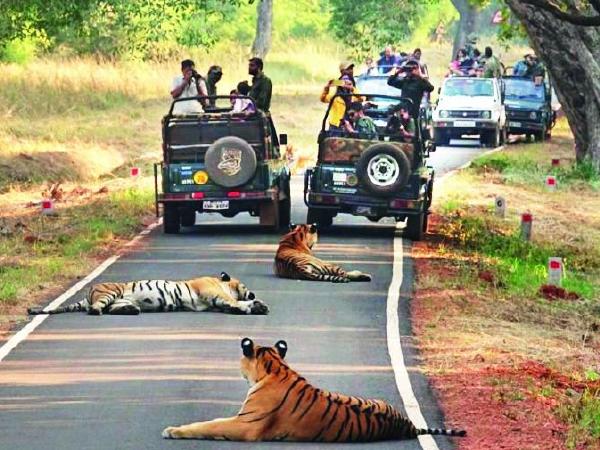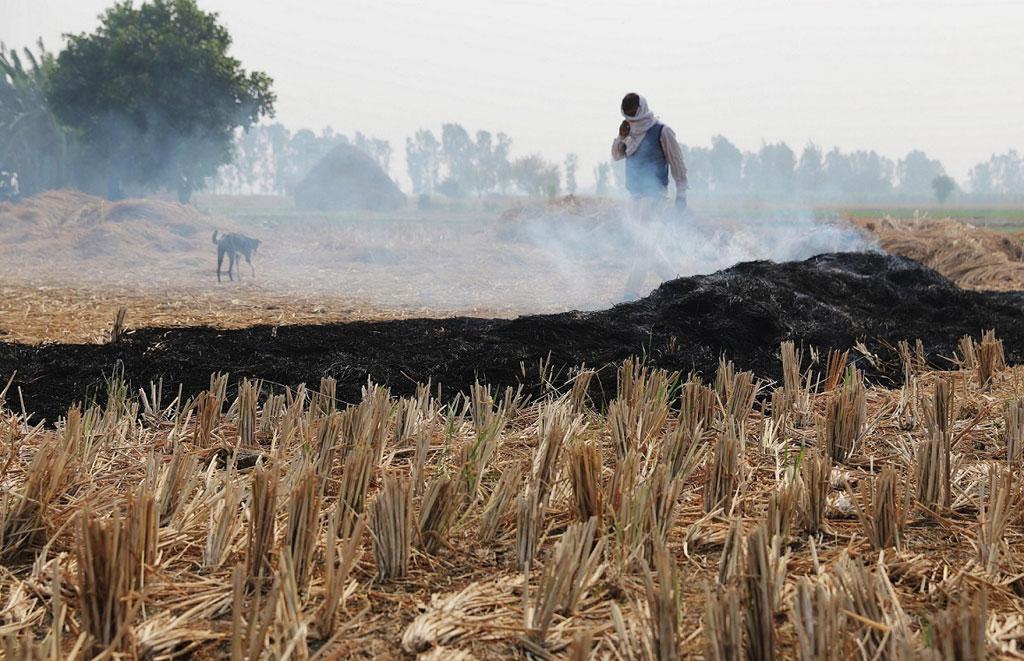A recent study has revealed that a spike in tourism has led to increased stress levels in endangered species such as tigers in India. In addition, the study further establishes that rising stress levels affect the effective process of reproduction in big cats. Scientists reached the conclusion of the study by comparing concentrations of fecal glucocorticoid metabolite (fGCM) in individual tigers found in major wildlife parks and sanctuaries, including Bandhavgarh, Kanha and Sariska.
Published in Conservation Physiology, the study shed a light on the relationship between anthropogenic substances and physiological stress levels in tiger populations in protected areas. The study was published at the Hyderabad-based Centre for Cellular and Molecular Biology’s Laboratory for Conservation of Endangered Species. A team of researchers led by Principal Scientist Dr G Umapathy considered fGCM, a stress marker among tigers, as the focus of their study. For this purpose, the team collected 341 fecal samples from Bandhavgarh and Kanha reserves during tourist and off-peak seasons.
As a result, the study revealed that stress levels of tigers during the tourism period which lasts for 8-9 months, were considerably high. Fecal samples of the same tigers from the same location were collected during the year-long study which raises alarms with respect to the stress these predators have been subjected to by the rise in tourism, said one report. Dr Umapathy claimed that his team of researchers has managed to distinctly correlate the number of vehicles entering the tiger reserves to the rise in stress levels. He added that male tigers were also found to be under tremendous stress levels despite the fact that females are known to undergo more stress.
The study by Dr Umapathy and his team also identified unsustainable wildlife tourism as a cause of distinct physiological stress among tigers in protected areas, especially wildlife parks and sanctuaries in India. The study also quotes a previous study conducted by CCMB which suggested that recently introduced tigers in Rajasthan’s Sariska Tiger Reserve failed to reproduce effectively, seemingly due to rising stress levels among the majestic cats.
To counter the situation, the study recommends stringent regulation of vehicular traffic in protected areas apart from reducing other anthropogenic disturbances, including tourism activities. While India’s once declining tiger population has now improved, rising instances of the big cat engaging in conflict with humans continue to come to light various parts in the country. India is currently home to an estimated 3,000 out of 4,000 tigers found in the wild across the globe.













